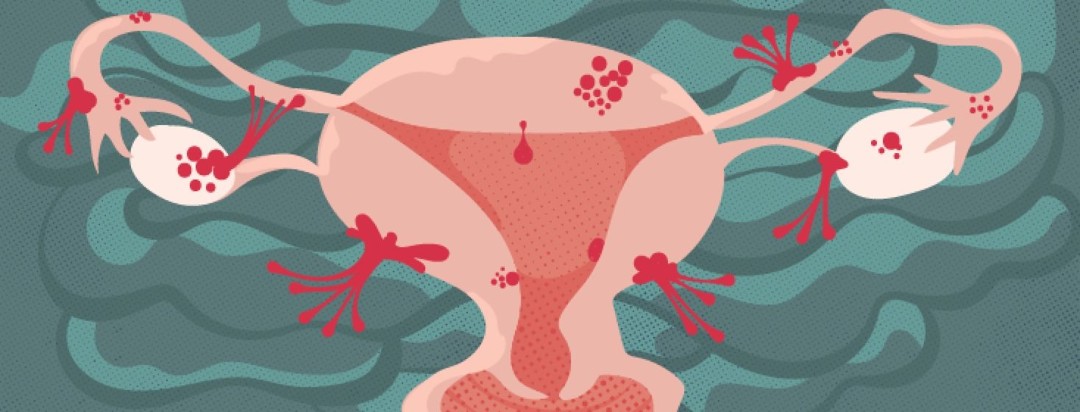Adhesions, Cysts, and Polyps
A few weeks back, I underwent some tests to determine the cause of the discomfort I have been experiencing since my surgery, 10 months ago. I have also been living with intermittent bleeding, which has become a huge annoyance. I had an internal scan, and my doctor confirmed his suspicions: that some post-surgery scar tissue could be the source of the discomfort. The occasional bleeding could be down to a small polyp.
Living with endometriosis is going to involve the apparition of occasional "guests" in your uterus, some to do with endometriosis, others completely unrelated. So, what the top things your doctor can find on a regular check up?
Adhesions
These are the main protagonists of your endometriosis story. The issue with adhesions is that they are extremely difficult to diagnose through scans or x-rays. At present, the most trustworthy way of confirming their existence and location is through a laparoscopy. Which is why my own doctor suspects I have some, but cannot confirm it, unless we go down the route of laparoscopic surgery.
What are adhesions?
Adhesions are clusters of fibrous scar tissue that stick to organs, sometimes glueing them together. This can result in a lot of pain. The key thing to consider is that the existence of adhesions does not necessarily mean having endometriosis.
If the adhesions are made up of endometrial tissue — the tissue lining the uterus — and forms within the muscular layer of the uterus, we are talking about adenomyosis. These adhesions happen within the uterus, whilst endometriosis adhesions happen out of it. Endometriosis adhesions can appear on organs such as the appendix, ovaries, bladder, and pretty much any other part of your body.
At present, the two main methods to remove adhesions are excision surgery (resection or removal of lesions) or ablation surgery (through laser, freezing or heating). Depending on the location and nature of the adhesions, some specialists will use one technique or both.
Polyps
Polyps are growths that appear in the inside of the uterus, more specifically, in its inner lining. This is what my surgeon found during my tests. He confirmed that the polyp could be behind my intermittent bleeding. The plan is to remove it when I get back from traveling.
Most polyps are small in size and it’s likely you won’t even notice them. However, just like my wee one, they can be responsible for spotting between periods or after sexual intercourse. Typically, the best approach is to monitor them, and remove them if they become problematic.
Ovarian cysts
As their name suggests, these little guys grow on our ovaries. They are basically sacs of fluid. Most of them just appear naturally, due to adhesions or bleeding within the ovary. Others can do so after excision surgery, as a by-product of scarring. Just like with polyps, some are so minuscule, they will go undetected. Others can cause symptoms, especially when large in size. If they are considered problematic or potentially cancerous, they are normally removed.
This is just a small run down on what can come up when living with endometriosis. In my experience, it’s helpful to log symptoms, and always speak to your doctor if something doesn’t feel right, or if you experience discomfort.

Join the conversation